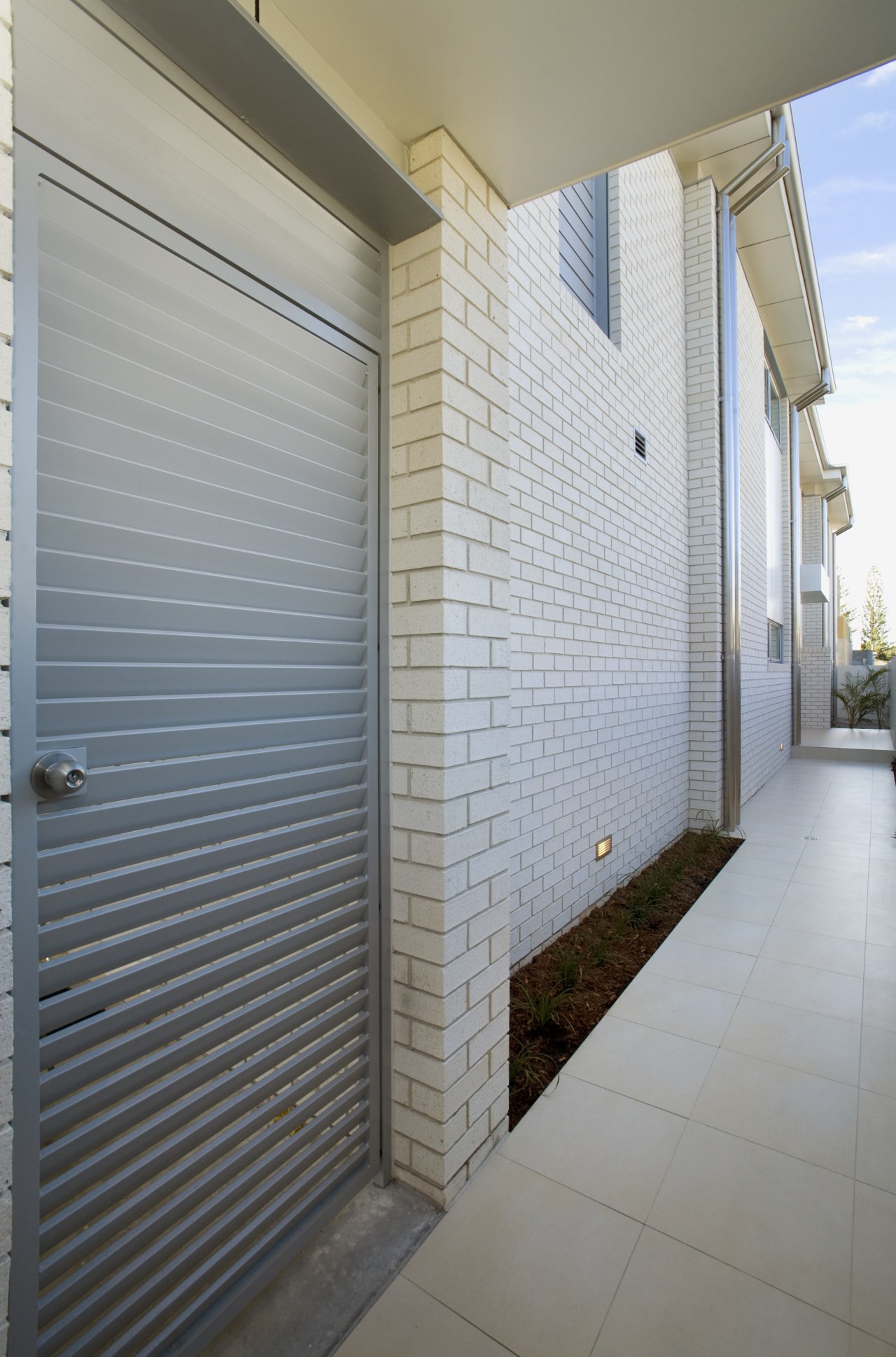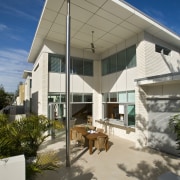Dispelling urban myths
Although brick has a much longer history than most other building materials in Australia, designers are finding that it remains as relevant as ever
There are many misconceptions about brick.The most commonly held is that brick is primarily used for buildings in a traditional style. The reality is that as architects have grown more adventurous with contemporary designs, brick has been the major beneficiary.
One person who knows this better than most is Kim Roughan, product manager at PGH Bricks and Pavers¢. She attributes the resurgence of brick to a combination of aesthetic, practical and environmental factors.
"Modern firing techniques enable brick to meet the individual needs of architects and designers, no matter how creative their designs are. Bricks are also available in a wide range of colours, and PGH takes a design approach to bricks to increase their visual appeal," says Roughan.
Building with brick has many practical benefits. The first is durability. You only need to look around the country's major centres to see how brick buildings have stood the test of time. Australia's oldest building, Government House, is made from brick and dates from 1789. Roughan says bricks have a natural advantage.
"Bricks don't suffer from the same failings as other, more modern, materials. They don't rot, decay or warp. They are waterproof, fireproof and pestproof there are even products that are impervious to corrosion caused by salt air," she says.
In the current building climate, environmental sustainability is a boon for any product. Clay bricks are as sustainable as any building material on the market.
"Bricks are made from clay and shale, which are natural materials. The manufacturing process produces virtually no emissions, and the finished product is free of volatile organic compounds, or VOCs, which are frequently found in man-made materials. At the end of their life cycle, bricks are easily recyclable and can be used for landscaping purposes," says Roughan.
Perhaps brick's most useful feature is its energy efficiency. Brick has inherent thermal mass, which means with proper sustainable design principles, it can retain much of the energy it absorbs. This cuts down on a building's need for mechanical heating and cooling, thereby reducing energy consumption, while also reducing environmentally damaging greenhouse gas emissions.
For further information, or the address of your nearest PGH Bricks & Pavers Selection Centre, call 13 15 79. Or visit the website: www.pghbricks.com.au.
Story by: Trendsideas
Home kitchen bathroom commercial design
Diving into nature
Personality plus
Classic looks, contemporary efficiency









